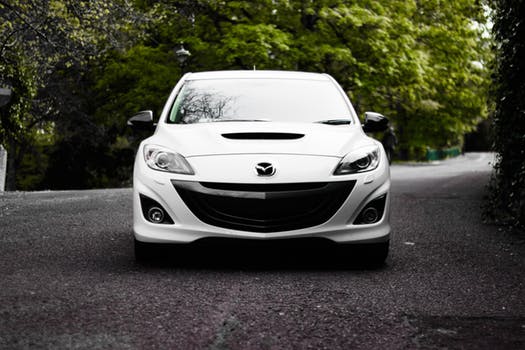The IRS limits the annual depreciation and expensing deductions for the majority of automobiles to specific dollar amounts. These amounts are inflation-adjusted each year. For autos (not trucks or vans) first placed in service during 2017, the dollar limit for the first year an auto is in service is $3,160 ($11,160 if the bonus first-year depreciation allowance applies); for the second tax year, $5,100; for the third tax year, $3,050; and for each succeeding year, $1,875. These dollar limits are the same as those that applied for autos first placed in service in 2016.
For light trucks or vans (passenger autos built on a truck chassis, including minivan and sport-utility vehicles (SUVs) built on a truck chassis) first placed in service during 2017, the dollar limit for the first year the vehicle is in service is $3,560 ($11,560 if the bonus first-year depreciation allowance applies); for the second tax year, $5,700; for the third tax year, $3,450; and for each succeeding year, $2,075. For a light truck or van placed in service in 2017, the dollar figures are the same as for such vehicles first placed in service in 2016, except that the third-year amount is $100 higher.
A taxpayer that leases a business auto may deduct the part of the lease payment representing its business/investment use. If business/investment use is 100%, the full lease cost is deductible. So that auto lessees can’t avoid the effect of the luxury auto limits, however, taxpayers must include a certain amount in income during each year of the lease to partially offset the lease deduction. The amount varies with the initial fair market value of the leased auto and the year of the lease, and is adjusted for inflation each year.
If you have any questions on how these limits may affect your business or if you would like assistance in calculating a lease inclusion amount, please don’t hesitate to contact us at info@shncpa.com.

